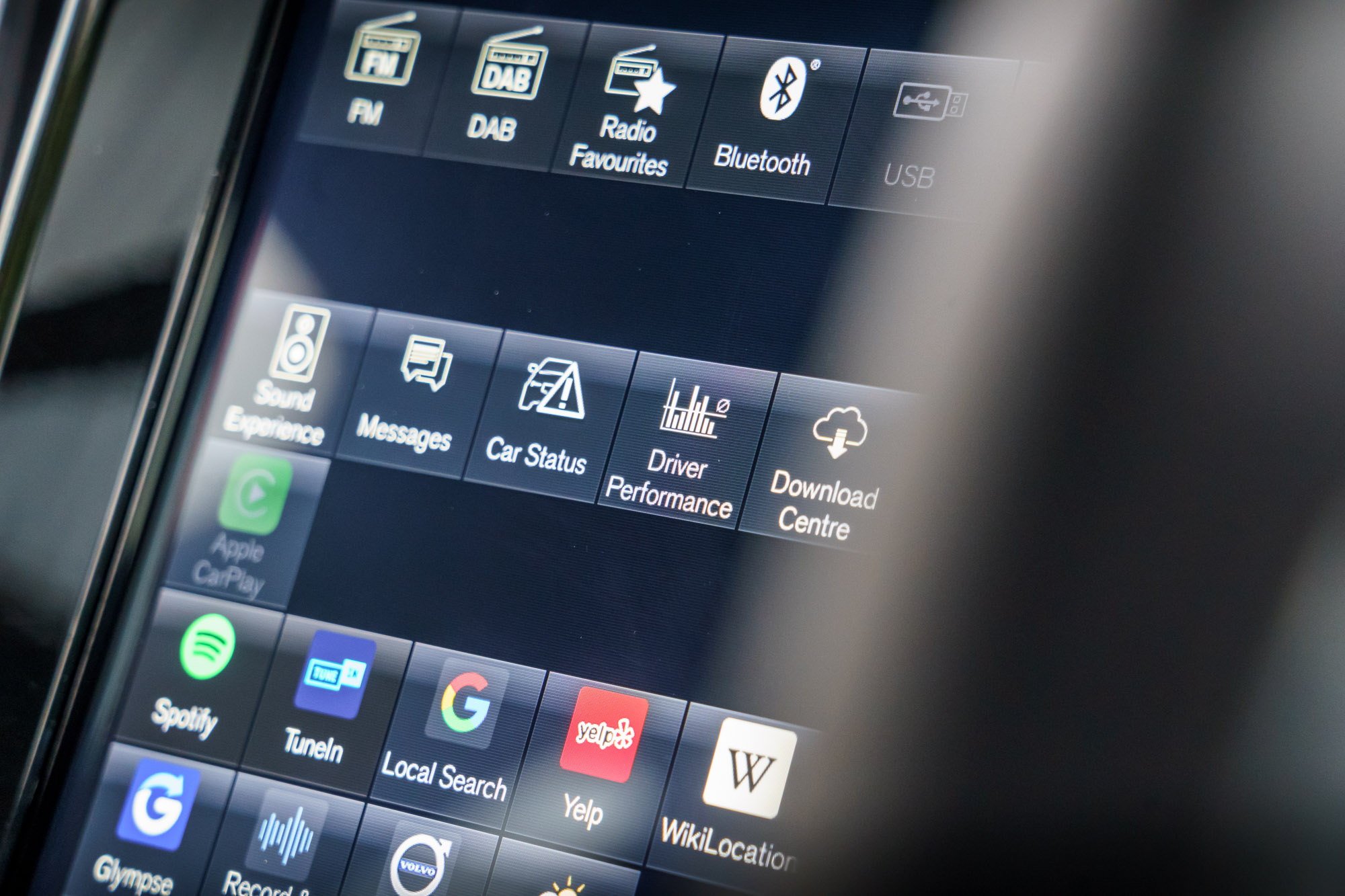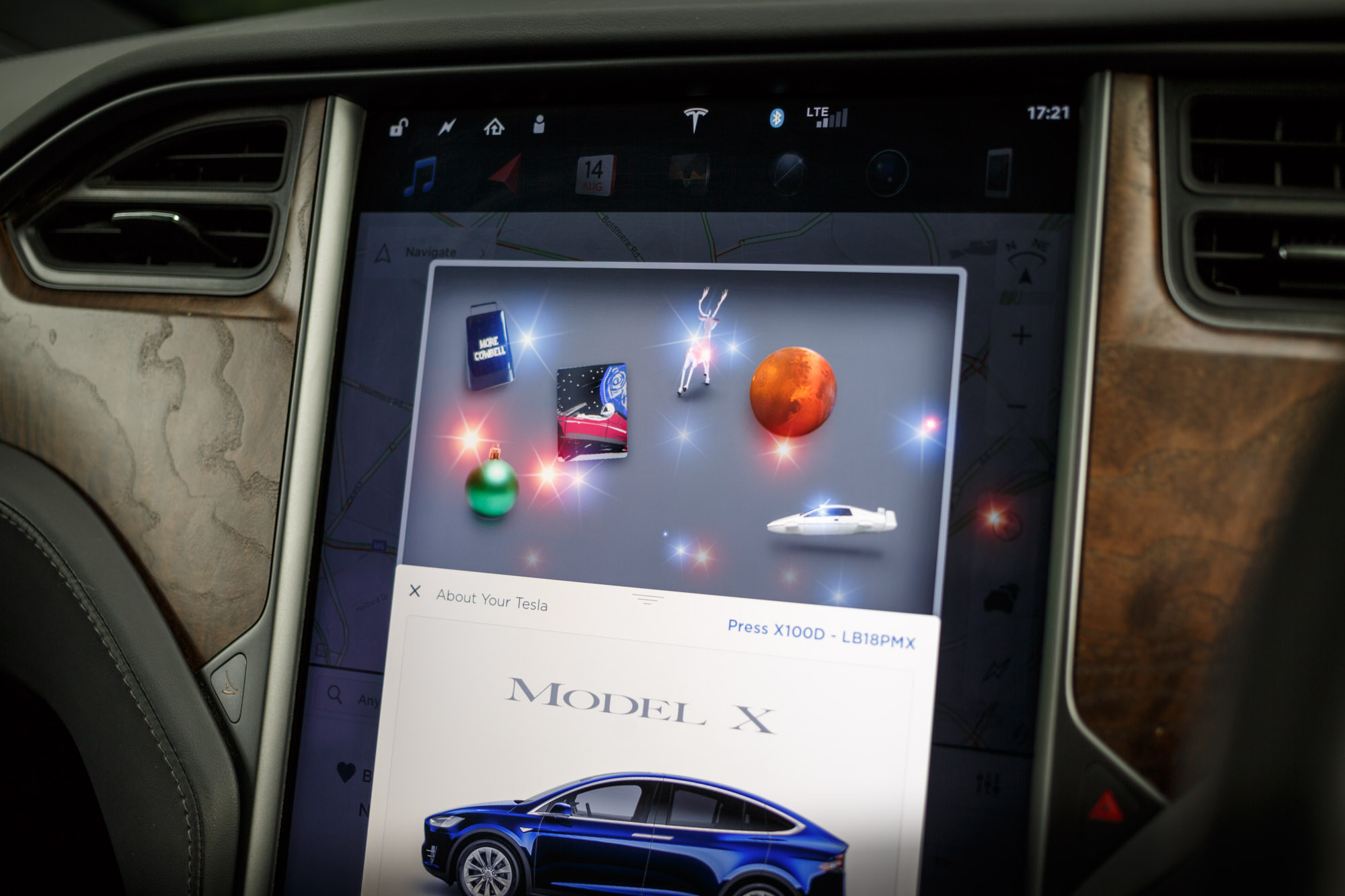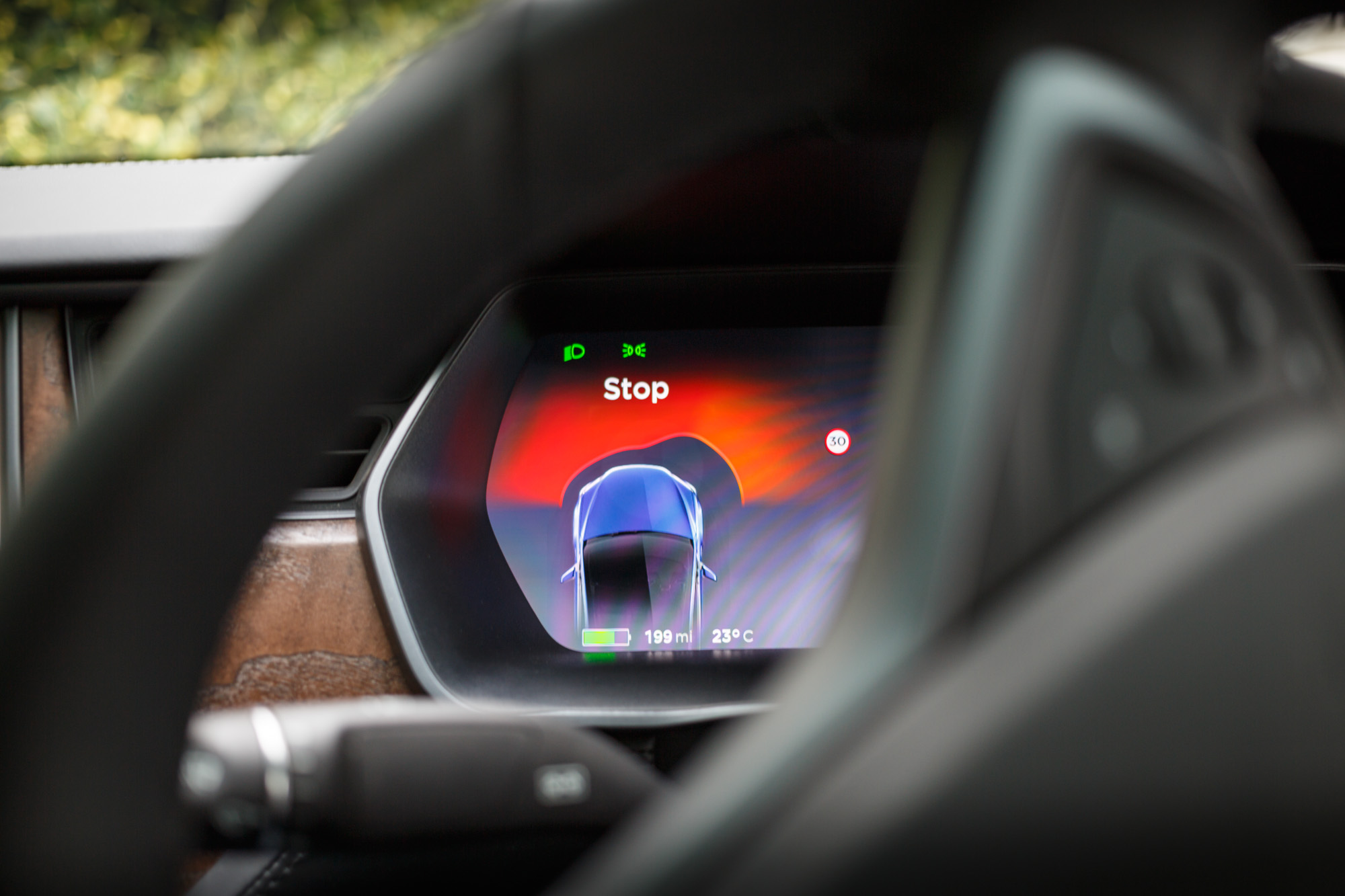Technology is an intrinsic aspect of our daily lives and few places are we more exposed to this than our cars. With cabins featuring more infotainment systems and driver aids than ever before, questions have arisen as to whether they offer more of a distraction than a salvation.
Research suggests that in nearly half of all fatal and serious injury accidents, driver distraction and inattention are contributing factors. Tom Blackie, CEO, VNC Automotive believes the modern car interior has become almost as distracting as the world outside. ‘The roads are busier than ever, touchscreens dominate vehicle interiors, and we’re living increasingly connected lives. That means there are now many more opportunities for a driver’s focus to be elsewhere.’
Perceived Dangers and Passive Safety Measures
Cars have also become increasingly eager to alert us to a perceived danger or distraction, Blackie goes on to say ‘They’ve become the ultimate back-seat driver, interrupting… to issue critique with not enough context to be useful.’
It’s not without reason that car companies have begun focusing on this. Passive safety measures, such as airbags and crumple zones, have reached a limit of potential and no further breakthroughs or improvements are expected. Furthermore, visibility has suffered in the pursuit of greater structural safety standards with thicker pillars and higher shoulder lines leading to a narrower field of vision and smaller windows.
Subtle Yet Significant Technological Differences
Active technologies have now taken centre stage with radars, cameras and sensors bearing greater responsibility with each new vehicle generation. It’s a trend that Euro NCAP is following, they now demand the installation of certain technologies to achieve their full 5-star rating and will hold back points if a required feature isn’t fitted as standard.
Such insistence and faith in these active technologies may be misplaced. Research, conducted by VNC Automotive, is showing there are ‘subtle yet significant differences between an interface that’s slick and easy to use as opposed to one that buries even basic functions within a maze of menus and unnecessary clicks. Evidence suggests new cars are now more likely to be involved in accidents at junctions or when joining traffic, and it’s this research that is helping to understand the impact of short glances from interacting with in-car touchscreens, as opposed to longer glances at a mobile phone.
Vehicle Autonomy With Human Responsibility
Euro NCAP are following this area closely as well, with direct driver monitoring being a requirement from 2023 if a full score is to be awarded in the Occupant Status Monitoring (OSM) category. This will issue warnings to those whose concentration is seen as being too far from the task of driving. Whilst this may seem like yet another alarm to steal our attention away, it’s equally likely to encourage manufacturers to create streamlined user interfaces and adjust menu layouts in accordance with real-world activity. For example, simplified displays on a busy motorway.
Increasing vehicle autonomy is an exciting development and manufacturers are exploring ways to legitimise opportunities for drivers to take their eyes off the road. Blackie concludes that ‘If we’re to expect drivers to be able to resume control should an assistance feature not perform as expected, understanding both physical and cognitive distraction is only going to become more important.’



